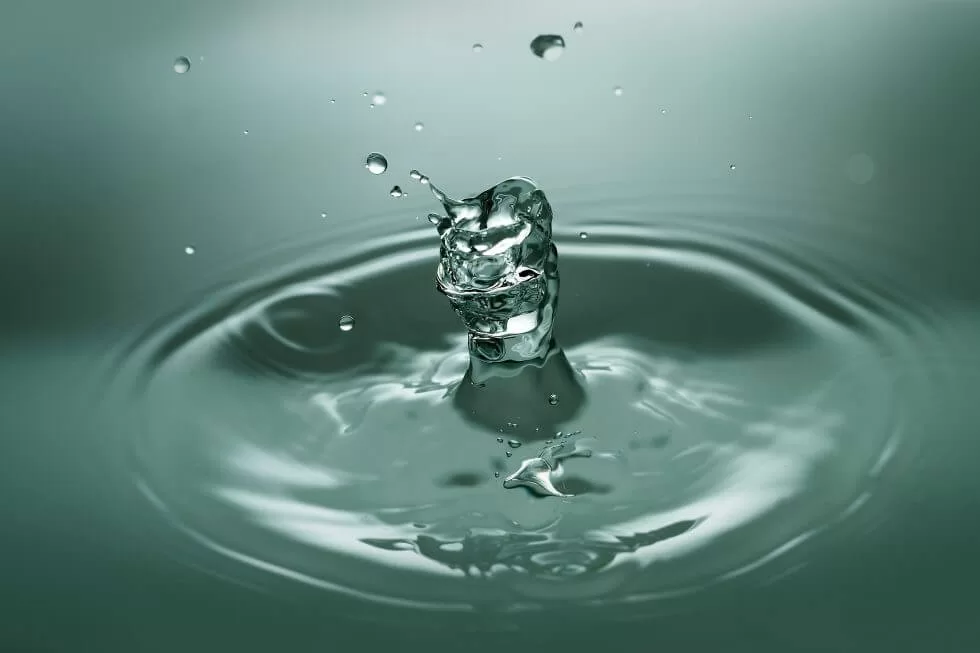Clean water is something we often take for granted, turning on the tap without a second thought. Yet, behind this simple act lies a complex process involving chemical water treatment. Just as our bodies need nutrients to thrive, water needs treatment to remove impurities and make it safe for consumption.
Chemical water treatment, at its core, is about harnessing the power of chemistry to make water suitable for various uses. From quenching our thirst to irrigating crops, clean water is essential for life as we know it.
The Science Behind the Magic: Understanding Water Treatment Chemicals
Let’s delve into the fascinating world of water treatment chemicals. These chemicals, like skilled alchemists, transform raw water into a purified elixir. They target a wide range of contaminants, from toxic compounds to suspended solids, ensuring that the water we use is free from harm.
- Coagulants: Picture these as tiny magnets, attracting and clumping together suspended solids, organic matter, and even pathogens. They work tirelessly to remove impurities that cloud the water, making it clear and sparkling. Common coagulants include aluminum sulfate and ferric chloride.
- Flocculants: Once the impurities are clumped together, flocculants step in to create larger, more easily removable flocs. Imagine these as gentle shepherds, herding the flocks of impurities towards the surface or bottom of the water, where they can be skimmed off or filtered out.
- Corrosion Inhibitors: Water treatment systems are like the veins and arteries of our water supply. Corrosion inhibitors act as protective shields, safeguarding these vital systems from the corrosive effects of water. This helps to extend the life of equipment, ensuring that clean water flows smoothly to our homes and industries.
- Scale Inhibitors: Scale buildup can clog pipes and reduce the efficiency of water treatment systems. Scale inhibitors work by preventing minerals from forming hard deposits, keeping the system running smoothly and efficiently.
- Biocides: Microorganisms, like bacteria and algae, can thrive in water. Biocides act as guardians, controlling the growth of these microorganisms and ensuring that the water remains safe and free from harmful pathogens.
The Symphony of Treatment: A Multifaceted Process
Chemical water treatment is not a one-size-fits-all approach. It involves a carefully orchestrated symphony of processes, each tailored to the specific needs of the water source and its intended use.
From municipal water treatment plants to industrial facilities, water treatment chemicals play a crucial role in ensuring that water is safe, clean, and suitable for its intended purpose.
The Human Connection: Safeguarding Our Health and Environment
Beyond the science and technology, chemical water treatment is fundamentally about protecting human health and the environment. By removing harmful contaminants, we ensure that the water we drink, bathe in, and use for various purposes is safe and free from harm.
Water treatment are the unsung heroes of this process, working tirelessly behind the scenes to deliver clean water to our communities.
The Future of Water Treatment: Innovation and Sustainability
The future of water treatment is bright, driven by a commitment to innovation and sustainability. As our understanding of water chemistry deepens, we can expect to see:
- Advanced chemical formulations: New and improved water treatment chemicals will be developed, offering greater efficiency and reduced environmental impact.
- Precision dosing: Precise control over chemical application will optimize treatment processes, minimizing chemical usage and reducing costs.
- Integration of emerging technologies: Water treatment will harness the power of artificial intelligence, machine learning, and advanced sensors to optimize performance and predict maintenance needs.
- Circular economy principles: Water treatment facilities will become increasingly integrated into circular economy systems, recovering valuable resources and minimizing waste.
- Focus on water reuse and recycling: Innovative technologies will enable the safe reuse of treated water for various purposes, reducing the overall demand for fresh water.
- Community engagement and education: Promoting awareness about the importance of water conservation and responsible water use will be crucial for building sustainable water management practices.
By embracing these trends and fostering collaboration between researchers, industry, and policymakers, we can ensure a future where clean water is accessible and abundant for all.
Pape-Dawson: Your Partner in Water Treatment Solutions
In the heart of Texas, Pape-Dawson water treatment engineering services stands as a beacon of excellence in water treatment engineering. With a deep commitment to innovation, sustainability, and public health, Pape-Dawson has been instrumental in shaping the water treatment landscape across the state and Austin.
Their team of seasoned professionals combines technical expertise with a passion for protecting water resources, ensuring that communities and industries have access to clean, reliable water.

